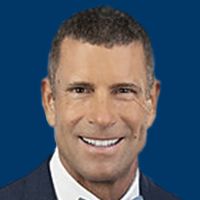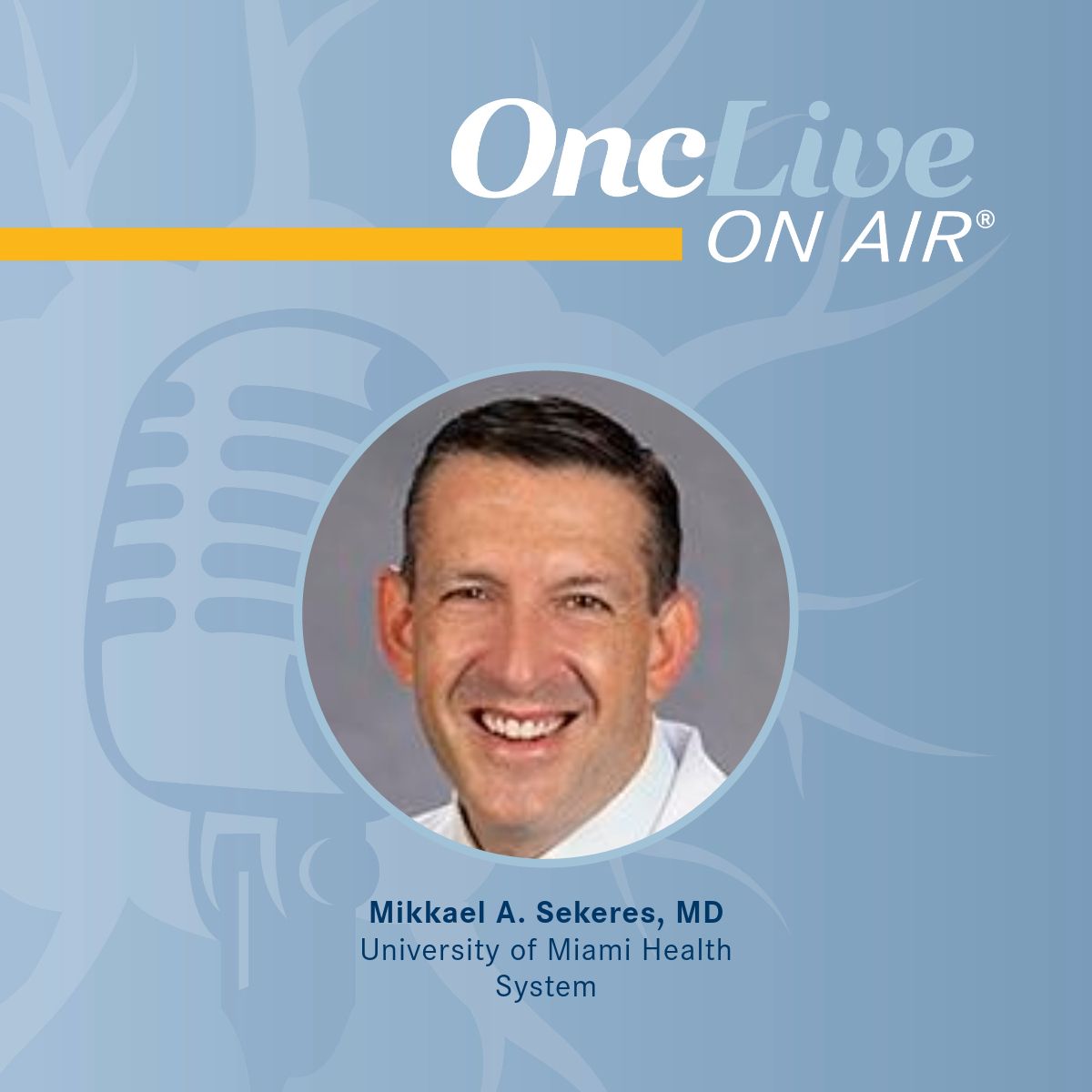Article
Efforts Continue to Advance Targeted and Immunotherapy Agents in Sarcoma
Author(s):
Jonathan C. Trent, MD, PhD, discusses notable findings in sarcomas that emerged at the 2016 ASCO Annual Meeting, as well as what lies ahead for the field of sarcomas.
Jonathan C. Trent,
MD, PhD
Updates in sarcoma presented at the 2016 ASCO Annual Meeting highlighted the latest progress with targeted treatments and immunotherapy agents in the field.
For example, findings from the double-blind phase II REGO-SARC trial1—which is comparing the multikinase inhibitor regorafenib (Stivarga) with placebo in pretreated patients with liposarcoma, leiomyosarcoma, synovial sarcoma, and other types of soft tissue sarcoma—showed that 4 partial responses have been observed thus far.
With immunotherapy, results of the multicenter phase II SARC-028 trial2 showed that pembrolizumab (Keytruda) had an overall response rate of 22% in patients with undifferentiated pleomorphic sarcoma.
OncLive: There were some interesting data presented at the 2016 ASCO Annual Meeting in sarcoma. Can you share the details?
In an interview with OncLive, Jonathan C. Trent, MD, PhD, professor of Medicine, Sylvester Comprehensive Cancer Center, University of Miami Health System, discusses these and other notable results that emerged at ASCO, as well as what lies ahead for the field of sarcomas.Trent: In one presentation, given by Dr Jeremy Whelan, on the EURO-EWING 99-R2 study [abstract 11000], he showed that there was superiority for patients who have high-risk Ewing sarcoma who were treated with stem cell transplant. These patents with high-risk disease had a better overall survival (OS) and progression-free survival (PFS) after transplant compared with patients who were treated with standard cytotoxic chemotherapy.
Ewing sarcoma is one of several sarcoma subtypes. What have been some of the biggest challenges with this one?
What other recently published data have you found to be exciting in this field?
These data particularly emphasizes the poor outcomes of patients with high-risk Ewing sarcoma. Those patients really need to be evaluated at a sarcoma center that really has the capability of a stem cell transplant in the patient for whom that is indicated.Ewing sarcoma is a very rare disease; it’s even a very rare type of sarcoma. There is very limited data in terms of clinical trials in adults, as most of the information that we have is in children. This is such a rare disease that it is difficult to do large studies.There were also several abstracts on targeted therapy on sarcomas at the 2016 ASCO Annual Meeting. One study showed that there was a PFS benefit with regorafenib compared with placebo in patients with leiomyosarcoma, liposarcoma, or synovial sarcoma.
What headway are we making in terms of immunotherapy in this field?
The interesting thing about that study is that regorafenib clearly has activity in soft tissue sarcoma. We won’t know, however, whether or not the activity is superior to pazopanib (Votrient) based on this single-arm placebo-controlled study.In the SARC-028 study, pembrolizumab was used as a single agent in patients with several subtypes of sarcoma. The overall objective response rate was 19%, and the disease-free rate at 4 months was 44% compared with a historical control rate of 20%.
Can you provide some insight on the T-cell therapy that has received a breakthrough therapy designation by the FDA?
This clearly shows activity with pembrolizumab in patients with pleomorphic sarcoma, well-differentiated liposarcoma, and synovial sarcoma. In a presentation, Dr Breelyn Wilky pointed out that there were several approaches in immunotherapy that can work together with pembrolizumab. The potential follow-up study is her study of pembrolizumab plus axitinib (Inlyta), a multikinase inhibitor, in patients with metastatic soft tissue sarcoma.Cellular therapies are very exciting in all types of cancer, particularly in sarcomas, because of our plethora of neoantigens on the tumor cells. Many types of sarcomas have translocations, point mutations, etc, that lead to novel antigens that can be specifically recognized by an engineered T cell.
How would you say the field has evolved?
There are also several types of sarcoma, such as synovial sarcoma and liposarcoma, f express testicular antigens—such as NY-ESO-1—that are not expressed in any other cell in the human body. These neoantigens can be targets of modified T cells, such as the T cells that are now being engineered by a number of different companies to bind to and kill NY-ESO-1 in synovial sarcoma and liposarcoma cells. These clinical trials are available not only at the Sylvester Comprehensive Cancer Center, but at many other centers across the country.There have been a lot of advances in the treatment of sarcomas recently—mainly for patients with metastatic sarcoma. Trabectedin (Yondelis) was approved not that long ago for patients with liposarcoma or leiomyosarcoma, based on a PFS benefit.
What can we expect in the near future?
Interestingly, another agent, eribulin (Halaven), has been approved for patients with liposarcoma. There is clear activity in this disease. Something that is being evaluated for a potential FDA approval is a novel agent called olaratumab that has shown superiority in combination with doxorubicin compared with doxorubicin alone in patients with soft tissue sarcoma. That superiority includes an OS benefit.With the approval of several new agents that are active in patients with metastatic sarcoma, the next step will be evaluating combination therapy. We also need to determine ways of optimizing mechanisms of action with non-overlapping toxicities so that we have optimal efficacy, kill tumor cells and, ideally, give patients not only a better quality of life but also, hopefully, a better quantity of life.
Once we find optimal therapies in the metastatic setting, the next leap will be toward those patients with a primary sarcoma. If you look at all comers of patients with primary extremity sarcoma, there is only about a 50% OS rate. Using these newer agents upfront may really enhance our ability to cure these patients who have a primary sarcoma before it can manifest into metastatic disease.
References
- Penel N, Mir O, Italiano A, et al. Regorafenib (RE) in liposarcomas (LIPO), leiomyosarcomas (LMS), synovial sarcomas (SYN), and other types of soft-tissue sarcomas (OTS): Results of an international, double-blind, randomized, placebo (PL) controlled phase II trial. J Clin Oncol. 2016;34 (suppl; abstr 11003).
- Tawbi HAH, Burgess, MA, Crowley J, et al. Safety and efficacy of PD-1 blockade using pembrolizumab in patients with advanced soft tissue (STS) and bone sarcomas (BS): Results of SARC028—A multicenter phase II study. J Clin Oncol. 2016;34 (suppl; abstr 11006).









